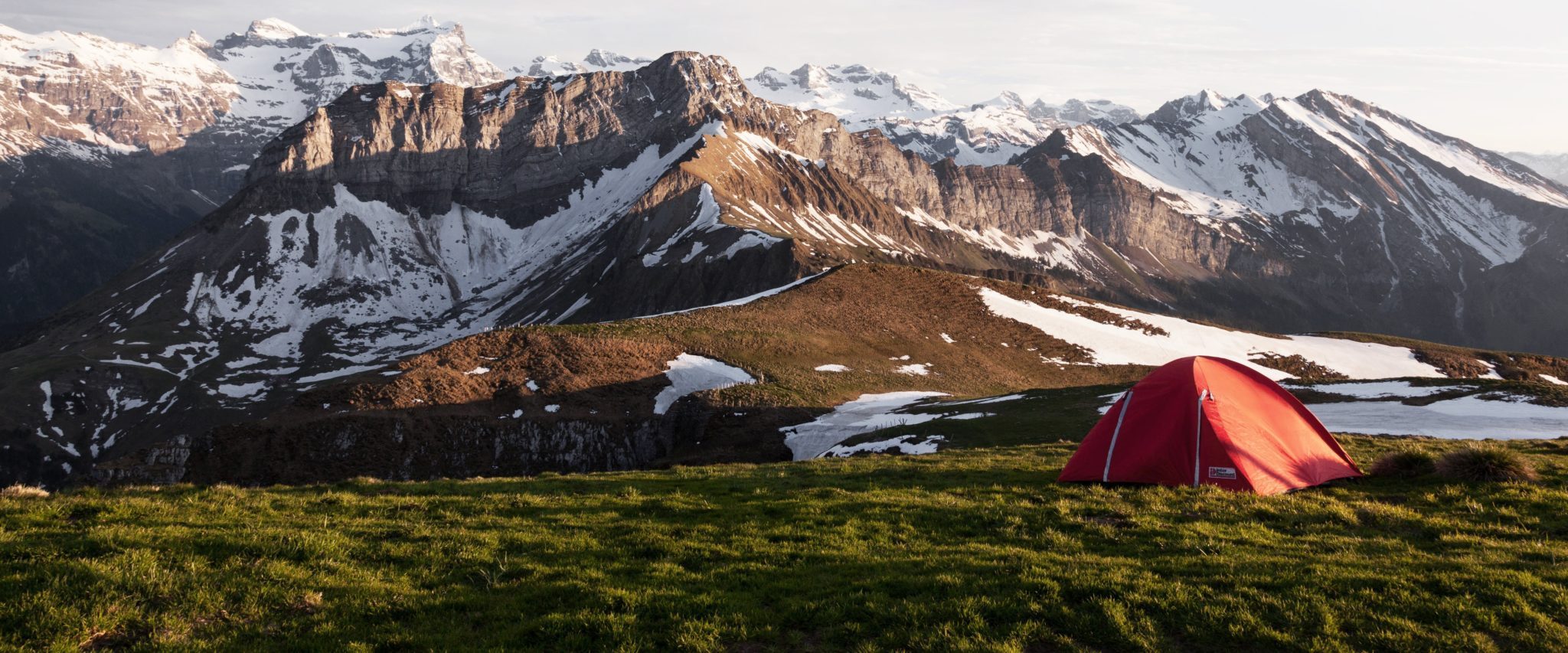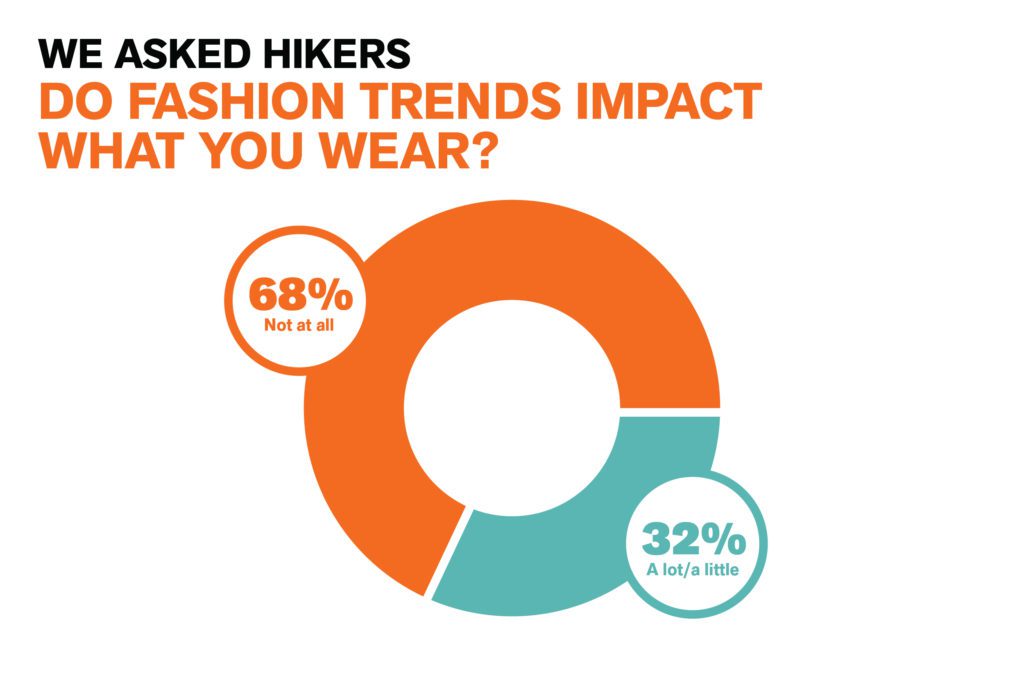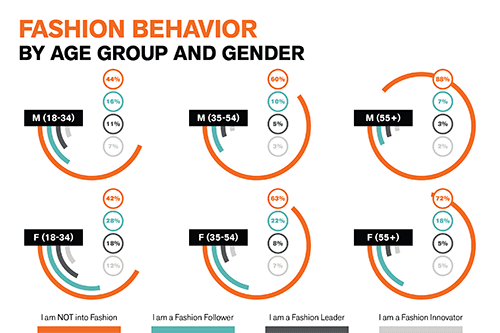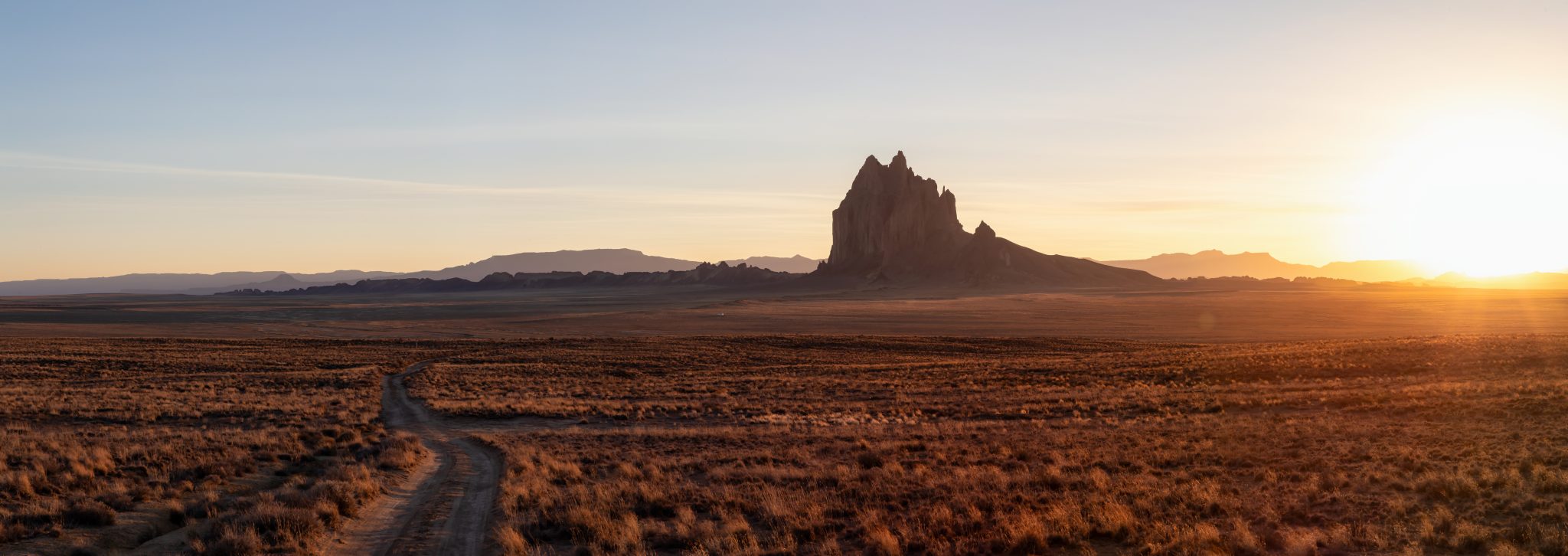Download Now
The Outdoor Industry Workforce Assessment looks to identify major trends in workforce hiring and retention, help further educational and up-skilling initiatives, and provide a snapshot of where the industry stands in its efforts to increase diversity, equity, and inclusion. Key findings from the survey include the following:
- New hires: The industry expects to hire for a high volume of entry and skilled professional positions over the next year.
- Work/life balance: Outdoor companies are prioritizing flexible work arrangements and work-life balance as attraction and retention strategies ahead of employee benefits and financial rewards.
- Qualified applicants: 66% of survey respondents report having difficulty finding qualified applicants. The largest barriers to recruiting hard-to-fill jobs are finding qualified applicants, and lack of affordable housing options proximal to the job location.
- Increasing DEI: Companies who have a diversity plan in place are utilizing a wide variety of methods and tactics to achieve their goals. However, companies that do not currently have a diversity plan in place largely do not plan to implement one or do not know where to start.









 Trend Spotter:
Trend Spotter: 
